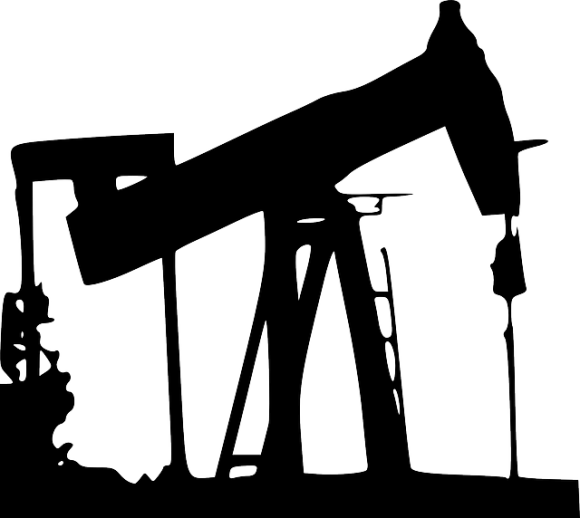Impact of crude oil fluctuation on Middle East economies

The invention of the internal combustion engine during the industrial revolution of the 19th century is to date the most important global creation of this period. An internal combustion engine needs fuel in order to operate so the use of this technology necessitated fuel and fossil fuels (petroleum, coal and natural gas).
Volatility in oil prices is often explained by shocks to demand and supply of oil arising from any combination of business cycles, geopolitical factors, the discovery of new fields, or technological changes. As supply now struggles to match demand, oil prices are more and more driven by macroeconomics fundamentals. The inconsistency between supply and demand has had diverse effects on economies depending, if it is a net oil-exporting or net oil-importing country.
Wide fluctuations in oil prices have played an important role in driving recessions and even regimes collapsing—which is why oil price movements are closely watched by economists, investors, and policymakers. Oil, the main resource in the Middle-East, impacts the region politically, socially, and economically. The impact of falling prices on oil exporters will differ depending on the contribution of oil exports to each country’s GDP and revenue. Growth in economies such as Venezuela and Angola is highly dependent on oil exports (relative to Russia and Saudi Arabia), and any vulnerability in oil prices is likely to have a severe impact on their economic activity. Similarly, in many countries, oil revenues account for more than 50 percent of total government revenues—for a few countries such as Iraq and Qatar, the share is as high as 90 percent.
Abundance in oil facilitated unparalleled economic and social development in Saudi Arabia and the Gulf region. Since the 1970s oil income has enabled economic prosperity through large spending on infrastructure, investment in human capital and provision of a wide range of social services. It has also generated positive externalities for growth across the region by increasing trade and cooperation and contributed to an impressive rise in human development indicators. However, abundant oil wealth also has a negative impact on economic development.
The oil price shocks has asymmetric effect on both oil importing and oil exporting countries, although such effects on oil exporting countries are different from those on oil importing countries. In oil-exporting countries, the government’s size and its excessive role make it a main economic power that controls the oil revenues, total investments and other economic activities. Furthermore, the fiscal policy in these countries is often procyclical rather than countercyclical.
In a sign of how severe those problems can be for some countries in the region, Saudi Arabia, the UAE and Kuwait stepped in with a $10bn aid package on 10.12.2018 to help Bahrain balance its public finances.
The steady rise in oil prices for much of the past three years has reduced the pressure for some countries in the region. The Saudi economy, for example, expanded by 1.6 percent year-on-year in the second quarter, up from 1.2 percent growth in the first quarter and a contraction in gross domestic product of 0.9 percent during the 12 months of 2017.
The danger across the middle-east region is that spending will continue to rise if the oil price changes direction once again. Capital Economics forecasts the price to fall to $60 a barrel by the end of 2019 and $55 by the end of 2020. Exposure to oil price volatility has driven attempts to diversify away from oil.
As for OPEC projected consumption, “in 2019, world oil demand is anticipated to rise by 1.29 million barrels per day to average 100.08 million barrels per day, unchanged from last month’s report.” OPEC’s total production in November 2018 was nearly 32.97 million barrels per day, just 11,000 barrels per day lower than in October 2018.